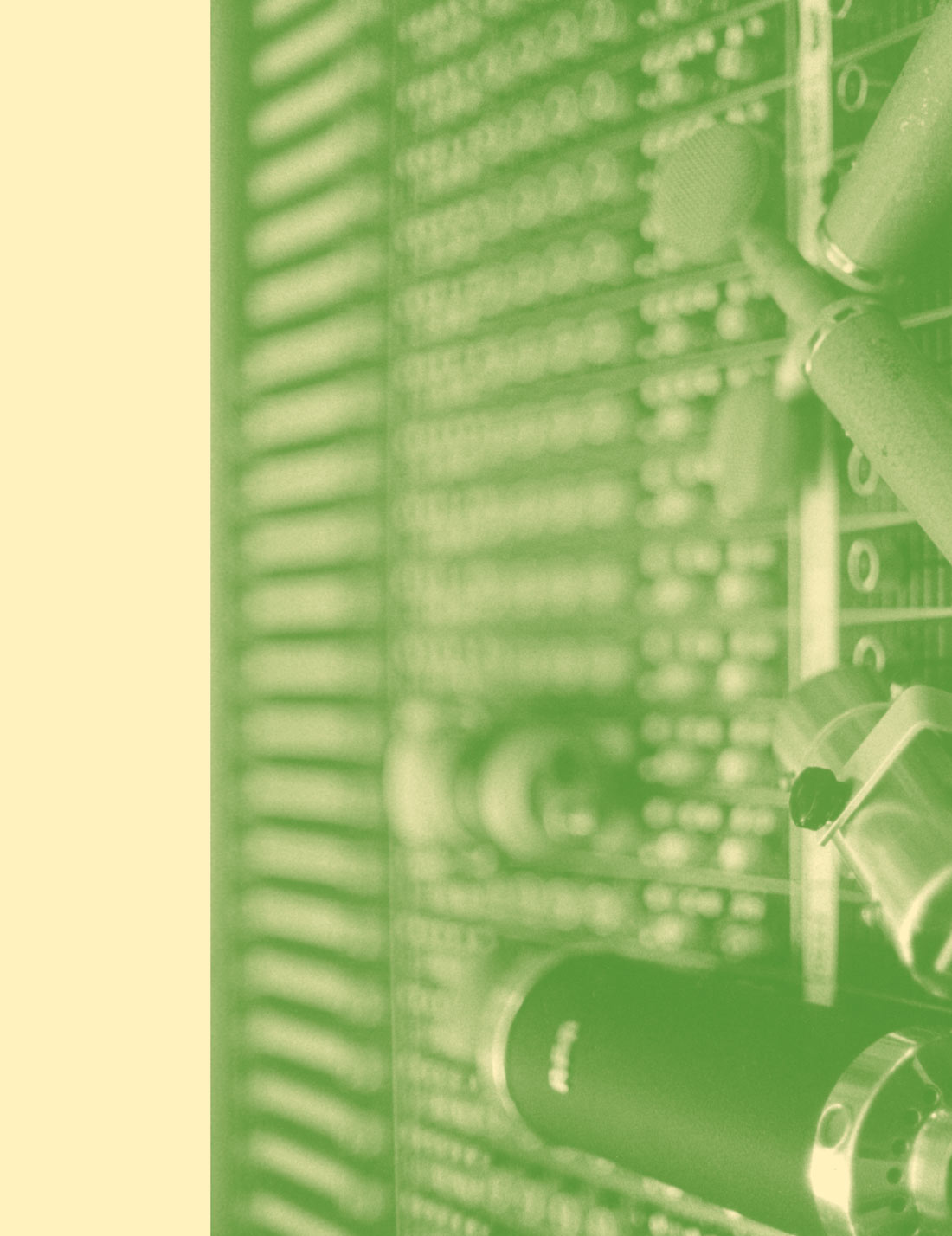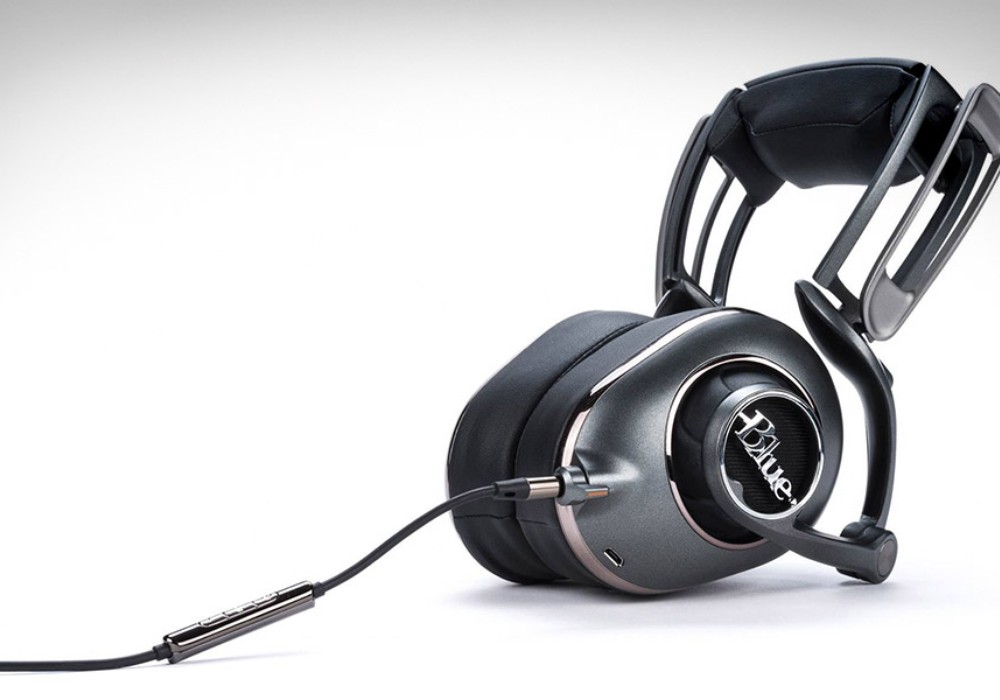With music production moving to DAW-centric recording and mixing, the monitor controller is one of the fastest-growing hardware categories in Pro Audio. Providing monitor volume and switching along with talkback and much needed utility functions like dim, mute and mono, the monitor controller replaces the center section of the console in console-less studios. While I still have four tape decks and two small consoles, I began to seriously consider some kind of master controller for my studio when I bought my second console, a small Neve broadcast desk. The Neve moved to the main monitoring position and became the main console to mix from our Digi 002 to tape. Our Soundcraft Ghost was still used heavily for tape returns when tracking to our MCI 2'' or to the 002, headphone mixing (with an Oz Q-Mix), extra effects returns to the Neve, and talkback. But the Ghost was now off to the side and less than convenient for monitoring and talkback functions. The Ghost is a great console, but the more I relied on outboard mic preamps and then the little Neve, the idea of a more convenient and higher-quality monitoring signal-path began to make a lot of sense. I'm relating all this detail because I suspect that besides the obvious DAW users, there are a lot of other small to mid-sized studios that have evolved in a similar fashion: several different recording formats and input devices and no large console to rule them all.
When I saw the m904 at the Fall AES show, I was blown away by its well thought-out design and more than anything else, the full-featured remote. I'd seen other controllers that had similar feature sets that I'm sure sounded great, but there was no way I'd be able to put a 2U rackmount device in convenient reach to the listening area in my studio. Like all Grace products, the design of this box is amazing, beautiful, and almost total overkill. Both the rackmount unit and the remote are made of heavy-duty stainless steel, with rugged, illuminated switches and pots. There are more inputs and outputs than I can possibly use, and it's unlikely any user will find anything missing in this regard.
I hooked up the unit in my studio as follows. The two analog inputs are on my patchbay and can be user- configured, depending on the situation, to the Ghost output when tracking, to the Neve or 2-track tape when mixing, or to our UA 2192 when overdubbing with the Digi 002. The cue output from the Ghost goes into the cue input of the m904, and the talkback is injected into the cue output and sent out to the Q-Mix amp/mixer. There's also a "monitor to cue" switch that routes whatever is being monitored to the cue mix in the event we're overdubbing and not using the Ghost. There's even a remote talkback switch input. Speaker A goes to my ADAMs and Event subwoofer while Speaker B goes to a Hafler amp powering NS-10M's and Auratones. Finally, the S/PDIF input is fed by the MasterLink so we can easily reference CDs or monitor mixes from the MasterLink through the m904's reference-quality, 192 kHz-capable DA converter. Additional I/O that I didn't even need include two AES/EBU inputs, AES/EBU and S/PDIF outputs, clock input and thru, DAC output, ADAT input, and Toslink input.
Still, the most important feature in my mind is the remote-sized like a paperback book and equipped with a 25 ft cable-that allows me to switch between all these sources and destinations while sitting in the optimal monitoring position or even from the back of the room while I'm overdubbing a keyboard part. The size of the remote is just right (no BRC nightmares here), and all the knobs and switches are solid and just big enough to be useful. All in all, the ergonomics of the remote are maybe the best I've ever seen. Besides volume and switching, the remote also has mute, dim, and mono switches. I can't tell you how nice it is to have these functions back in front of me instead of off to the side. If you're a DAW user, you'll wonder how you ever got by without them.
Finally, one huge benefit of the m904 is that it sounds fucking great! Not that I felt the Ghost sounded bad, but I noticed more clarity; a clearer, more extended top end; and better imaging with the m904. I had previously tried a cheaper monitor controller and felt that the sound suffered in comparison to the Ghost's monitoring section. I was pleased, considering the cost of the Grace, to find an improvement in this area. Apparently, Bob Ludwig agrees with me as he ordered several m906's for his Gateway Mastering studios. I don't monitor that much on headphones, but if you do, you'll be pretty damn stoked to know that there is a Grace 901 reference headphone amp built into the m904 as well.
The m904 comes in two different versions. I tested the remote-control-only m904b version with a blank front- panel. The standard m904 has its controls on the front- panel and comes remote-less, but you can add the remote later. A third sibling, the m906, comes with a remote and has surround-monitoring capabilities.
My only gripe with the m904 is the lack of a third speaker output designed to work with a subwoofer (i.e., switchable in addition to one of the other monitor sets). The pricier surround model obviously has this feature and the m904's "monitor to cue" function can be configured for just this purpose if you don't need it as designed, but I did, so this concession was moot to me. Aside from that, the m904 is extremely functional, it sounds fantastic, and it looks great (which is important when paying clients are factored in). Granted it's not cheap, but if you need a professional-quality monitoring unit, the m904 should more than fit the bill. And if you factor in the reference- quality headphone amp and DAC, some people might even call this a bargain. Not me-this box is pricey as hell. But I'm willing to pay the price. (m904 $2995 MSRP, m904b $3890, m906 $5995; www.gracedesign.com)





_disp_horizontal_bw.jpg)